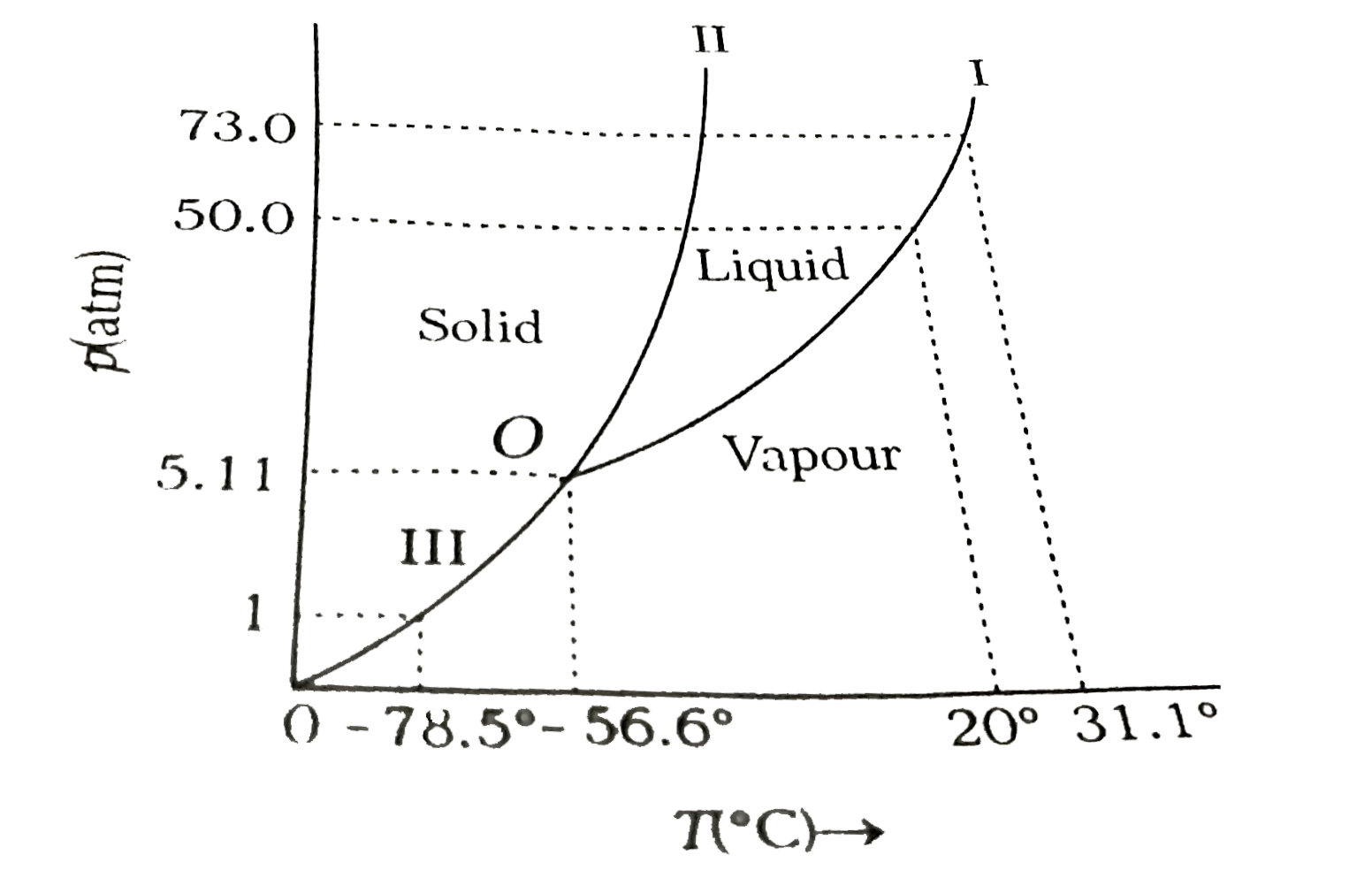Sodium phenoxide reacts with CO2 at 400K and 4−7 atm pressure to give
sodium salicylate
salicyladehyde
catechol
benzoic acid
The correct Answer is:A
To solve the question regarding the reaction of sodium phenoxide with carbon dioxide (CO₂) at 400 K and 4-7 atm pressure, we can follow these steps:
Step 1: Identify the Reactants
The reactants in this reaction are sodium phenoxide and carbon dioxide. Sodium phenoxide is derived from phenol by reacting it with sodium hydroxide (NaOH).
Hint: Understand the structure of sodium phenoxide, which is phenol (C₆H₅OH) deprotonated by sodium hydroxide.
Step 2: Understand the Reaction Conditions
The reaction occurs at a temperature of 400 K and a pressure of 4-7 atm. These conditions are typical for the Kolbe's electrolysis or Kolbe's reaction, which involves the carboxylation of phenoxide ions.
Hint: Remember that temperature and pressure can affect the outcome of reactions, especially in gas-phase reactions.
Step 3: Reaction Mechanism
When sodium phenoxide reacts with CO₂ under the specified conditions, it undergoes a carboxylation reaction to form sodium salicylate. The mechanism involves the nucleophilic attack of the phenoxide ion on the carbon dioxide molecule.
Hint: Think about how nucleophiles react with electrophiles; in this case, the phenoxide ion acts as a nucleophile.
Step 4: Formation of Sodium Salicylate
The product formed from this reaction is sodium salicylate (C₇H₅NaO₃). The structure of sodium salicylate includes a sodium ion (Na⁺) and a salicylate ion (C₇H₅O₃⁻), which has both a hydroxyl (-OH) and a carboxylate (-COO⁻) group.
Hint: Visualize the structure of sodium salicylate to understand how it is derived from sodium phenoxide and CO₂.
Step 5: Acidification to Form Salicylic Acid
If sodium salicylate is then acidified (for example, with hydrochloric acid), it can be converted to salicylic acid (C₇H₆O₃), which is also known as 2-hydroxybenzoic acid.
Hint: Recall that acidification typically involves the addition of an acid to convert a salt into the corresponding acid.
Conclusion
The final product of the reaction of sodium phenoxide with CO₂ at 400 K and 4-7 atm pressure is sodium salicylate. Upon acidification, it can yield salicylic acid.
Final Answer: Sodium salicylate is formed from the reaction of sodium phenoxide with CO₂ under the given conditions.
The reactants in this reaction are sodium phenoxide and carbon dioxide. Sodium phenoxide is derived from phenol by reacting it with sodium hydroxide (NaOH).
The reaction occurs at a temperature of 400 K and a pressure of 4-7 atm. These conditions are typical for the Kolbe's electrolysis or Kolbe's reaction, which involves the carboxylation of phenoxide ions.
When sodium phenoxide reacts with CO₂ under the specified conditions, it undergoes a carboxylation reaction to form sodium salicylate. The mechanism involves the nucleophilic attack of the phenoxide ion on the carbon dioxide molecule.
The product formed from this reaction is sodium salicylate (C₇H₅NaO₃). The structure of sodium salicylate includes a sodium ion (Na⁺) and a salicylate ion (C₇H₅O₃⁻), which has both a hydroxyl (-OH) and a carboxylate (-COO⁻) group.
If sodium salicylate is then acidified (for example, with hydrochloric acid), it can be converted to salicylic acid (C₇H₆O₃), which is also known as 2-hydroxybenzoic acid.
The final product of the reaction of sodium phenoxide with CO₂ at 400 K and 4-7 atm pressure is sodium salicylate. Upon acidification, it can yield salicylic acid.
Similar Questions
Knowledge Check
What is the density of CO2 at 27.∘C and 2.5 atm pressure ?
A5.2gL−1B6.2gL−1C7.3gL−1D4.46gL−1One litre of a gas weighs 2 g at 300 K and 1 atm pressure. If the pressure is made 0.75 atm, at which of the following temperature will one litre of the same gas weigh 1 gram : 1) 450K 2) 600K 3) 800K 4)900K
A450 KB600 KC800 KD900 K
Sodium phenoxide when heated with CO2 under pressure at 125∘C yield a product which on acetylation gives product C

View Solution(a) Give one method each for the industrial preparation of:
(i) ethyl alcohol
(ii) phenol
(b) What is the action of each of the following on phenol?
(i) HNO3 in presence of conc. H2SO4
(ii) Br2 in presence of CS2 at 278K
(iii) CO2 at 400K and 4/7 atm. Pressure.
View SolutionAn organic compound 'A' having molecular formula C6H6O gives a characteristic colour with aqueous FeCl3 solution. When 'A' is treated with CO2 and NaOH at 400K under pressure. 'B' is obtained. B on acidification gives C when C treated with CH3COCl gives a popular pain killer D. Deduce the strucutrues of A,B,C and D.
View SolutionSodium carbonate reacts with SO2 in aqueous medium to give
View SolutionMass of K2Cr2O7 required to produce 5.0 L CO2 at 77∘C and 0.82 atm pressure from excess of oxalic acid and volume of 0.1 N NaOH required to neutralise the CO2 evolved respectively are
View SolutionAnswer the following questions based on the P – T phase diagram of CO2:
(a) CO2 at 1 atm pressure and temperature–60∘C is compressed isothermally. Does it go through a liquid phase ?
(b) What happens when CO2 at 4 atm pressure is cooled from room temperature at constant pressure ?
(c) Describe qualitatively the changes in a given mass of solid CO2 at 10 atm pressure and temperature –65∘C as it is heated up to room temperature at constant pressure.
(d) CO2 is heated to a temperature 70∘C and compressed isothermally. What changes in its properties do you expect to observe ?

View Solution
